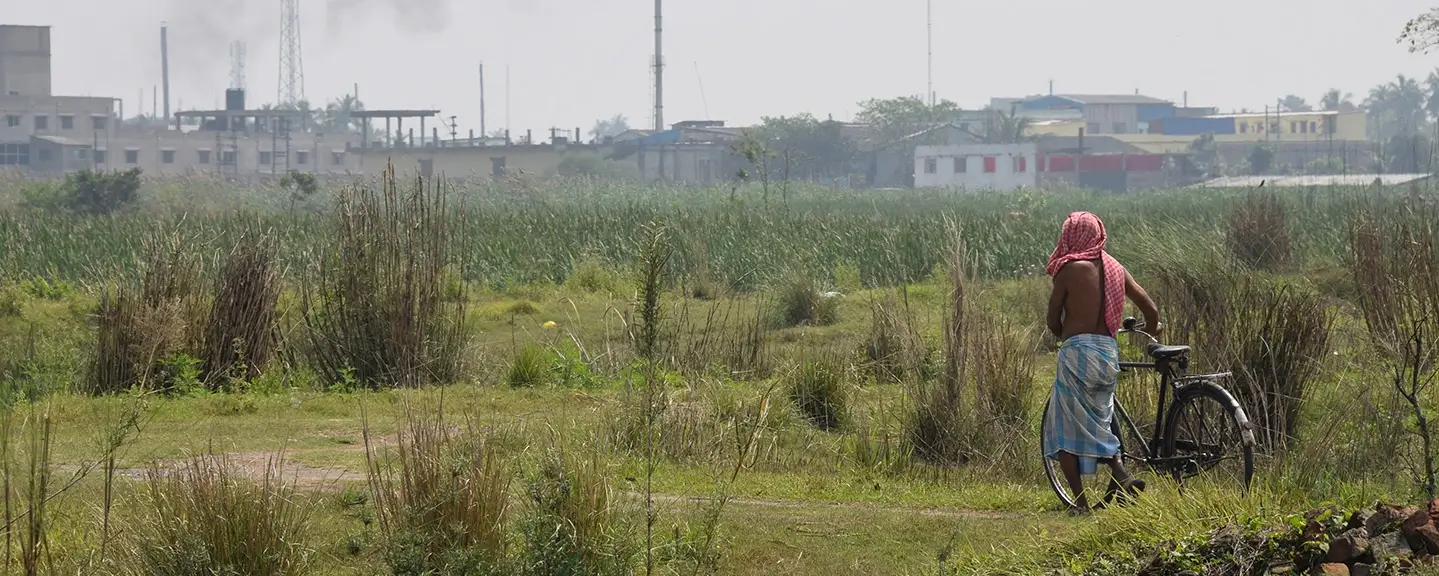
As cities in the Global South expand, peri-urban areas – the zones between urban and rural areas on city fringes – are experiencing pressure and change: either becoming urbanized themselves, or being affected by the growing cities’ impacts on their surroundings through the exploitation of their resources. Water is one critical resource that tends to be affected by these shifts – but until now, there has been little attention paid to the needs, concerns, and aspirations of communities in relation to water resources in these areas, in either research or policy.
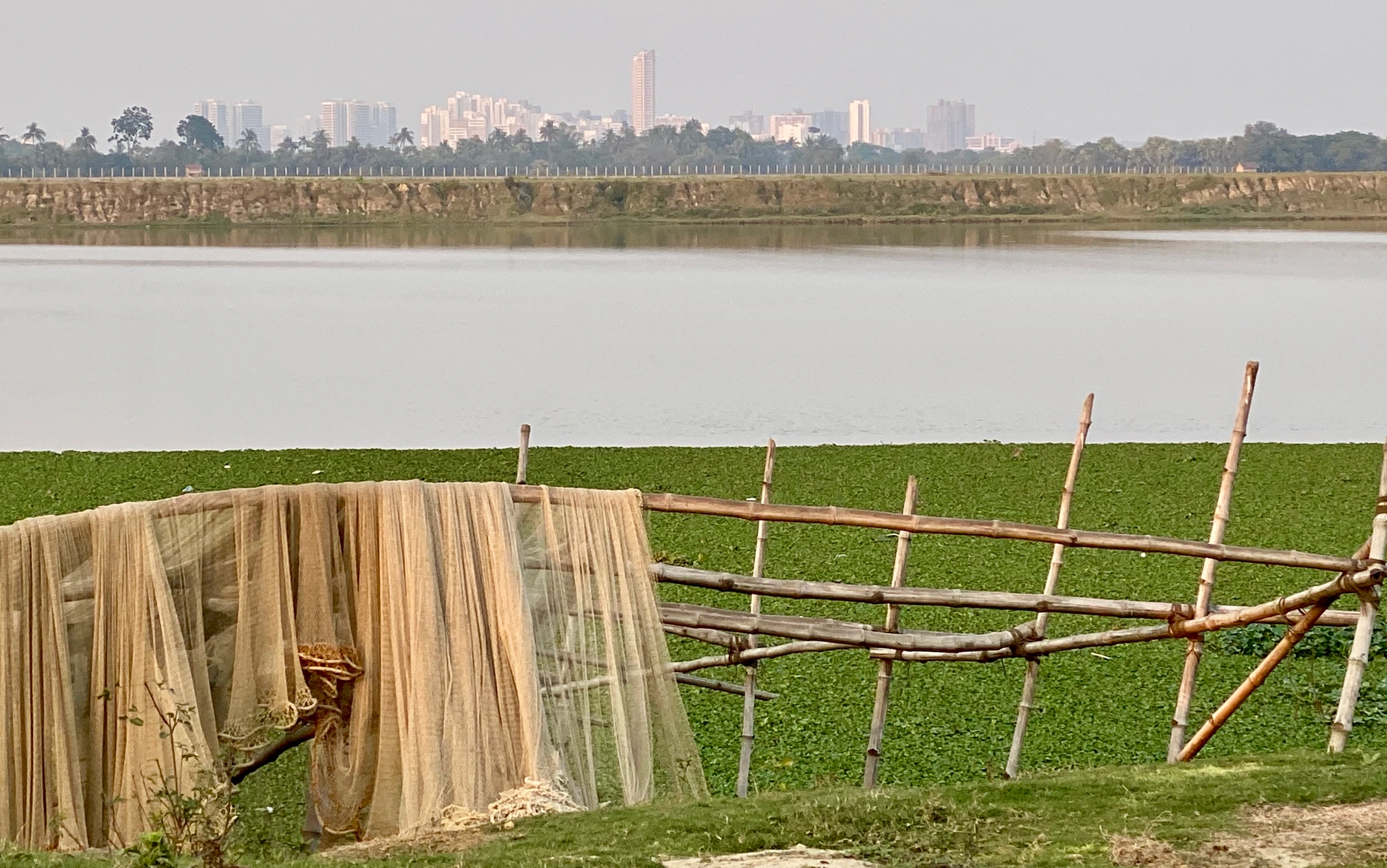
Photo: Carsten Butsch
A team of researchers from the South Asia Consortium for Interdisciplinary Water Resources Studies (SaciWATERs) in India, the University of Cologne (UoC) in Germany, and Delft University of Technology (TUDelft) in the Netherlands, and local field partners The Researcher (a consultancy firm in West Bengal) and the Institute of Environment and Research, Bharati Vidyapeeth University (in Pune), ran a project over three years from 2018-2021, to understand how transformation processes in urban fringe areas of Indian metropolises influence access to water for consumption and livelihoods.
The project partners were funded jointly by the International Science Council (ISC), the German Federal Ministry of Education and Research (BMBF), and the Netherlands Organisation for Scientific Research (NWO). The project is one of 12 in the ‘Transformations to Sustainability’ (T2S) programme of the Belmont Forum, the NORFACE network, and the ISC.
Called ‘H2O-T2S in urban fringe areas’, the project was designed as a multi-sited, multi-method field study, comparing peri-urban sites near Kolkata, Pune, and Hyderabad. This multi-site comparison was critical, because “water has different meanings in different places,” said Carsten Butsch, a geographer at the University of Bonn and one of the principal investigators involved in the project. “It’s for drinking, it’s for livelihoods, but it always has more meanings than just being H2O. It’s more than a substance, especially when working in India, where it also has a spiritual component – it’s about purity.”
Hydrological conditions – and thus key challenges and opportunities – across the three areas were diverse. The Hyderabad site is drought-prone, “so the stories there are about scarcity, and urban markets, and how much water is being lost because they are selling water to the city,” said Shreya Chakraborty, who is Senior Fellow and Executive Director of SaciWATERs, and another principal investigator in the project. The Kolkata site sits on one of the world’s very few peri-urban wetlands that are conserved under the Ramsar Convention, and the communities living there are highly dependent on that wetland for fisheries and cultivation. But the ecosystem’s health and viability is being negatively affected by urbanization and industrialisation, “so it’s now struggling with this conflict between conservation and livelihood development,” said Chakraborty. The Pune metropolitan area, meanwhile, is located between the rain-laden Western Ghats and the drier Deccan Plateau, and thus the peri-urban areas to the west of the city serve as a critical water reservoir for the metropolis – and the agricultural areas east of the city.
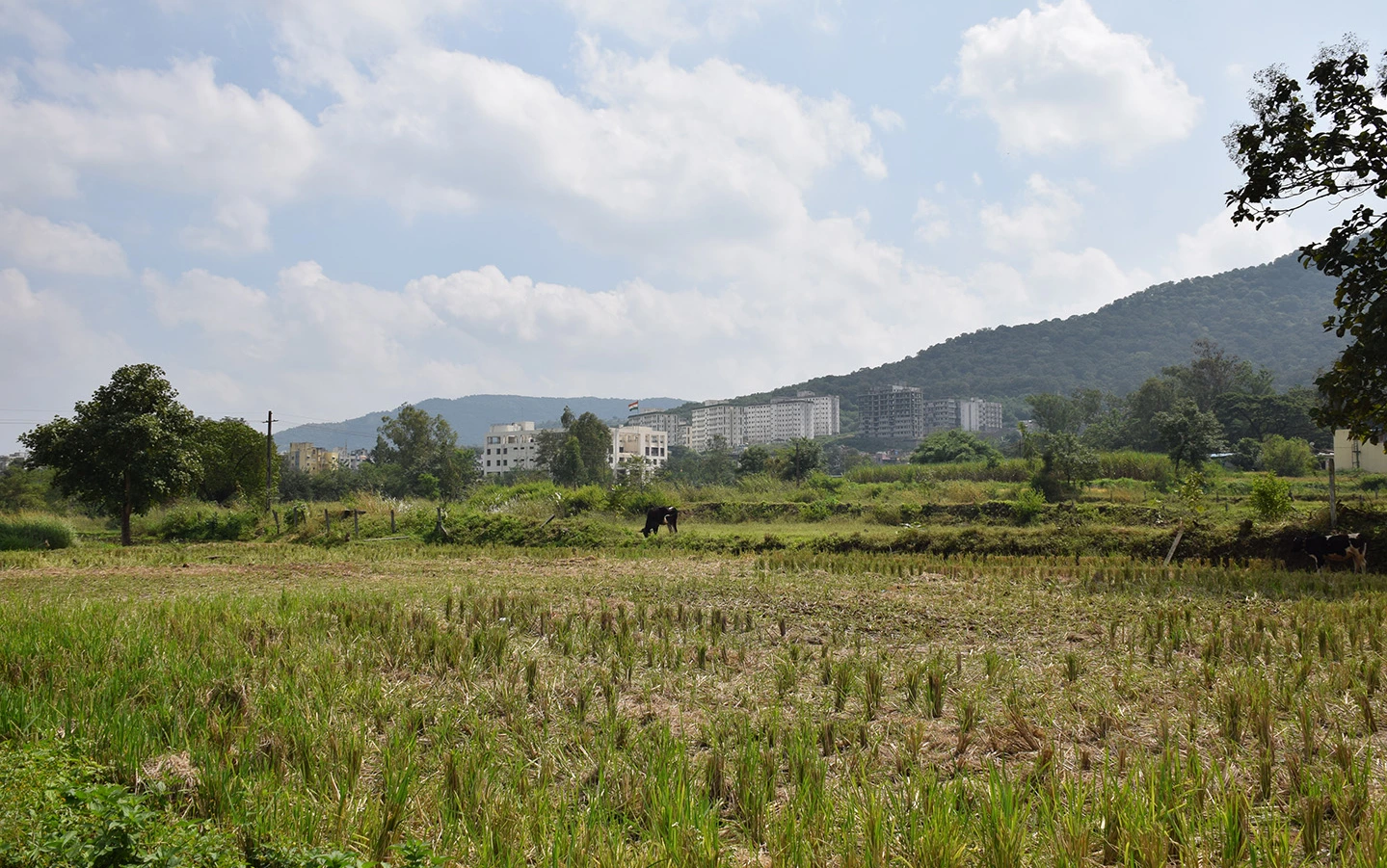
Photo: Carsten Butsch
In each area, multi-stakeholder dialogue was initiated through workshops that included government agencies, key scientific experts, and local communities – specifically including women, and people representing a range of caste groups and livelihoods. These gatherings were impactful in terms of listening to the voices of marginalized people: in the final Kolkata workshop, for instance, “women were very vocal, and wanted to emphasize that there should be more employment for them [given the male-dominated nature of the main local industries],” said Partha Sarathi Banerjee, a Kolkata-based research consultant who was involved in the study: “they made clear that they have time for, and interest in, employment – and that that should be the focus of future projects.”
The scientists took an innovative ‘futures-oriented’ approach, using participatory methods to encourage participants to “think in a more structured way about their longer-term futures for their villages and the role that water plays there, and how they could prepare for that against different scenarios,” said Leon Hermans, who heads the Land and Water Management Department at the IHE Delft Institute for Water Education, and is another principal investigator on the project. “There are stories, in each of the villages where we worked, where people are disempowered because of actors coming in from the outside,” he said. “So, our approach was to bring the communities together and get them to think about what they would need to gain agency.”
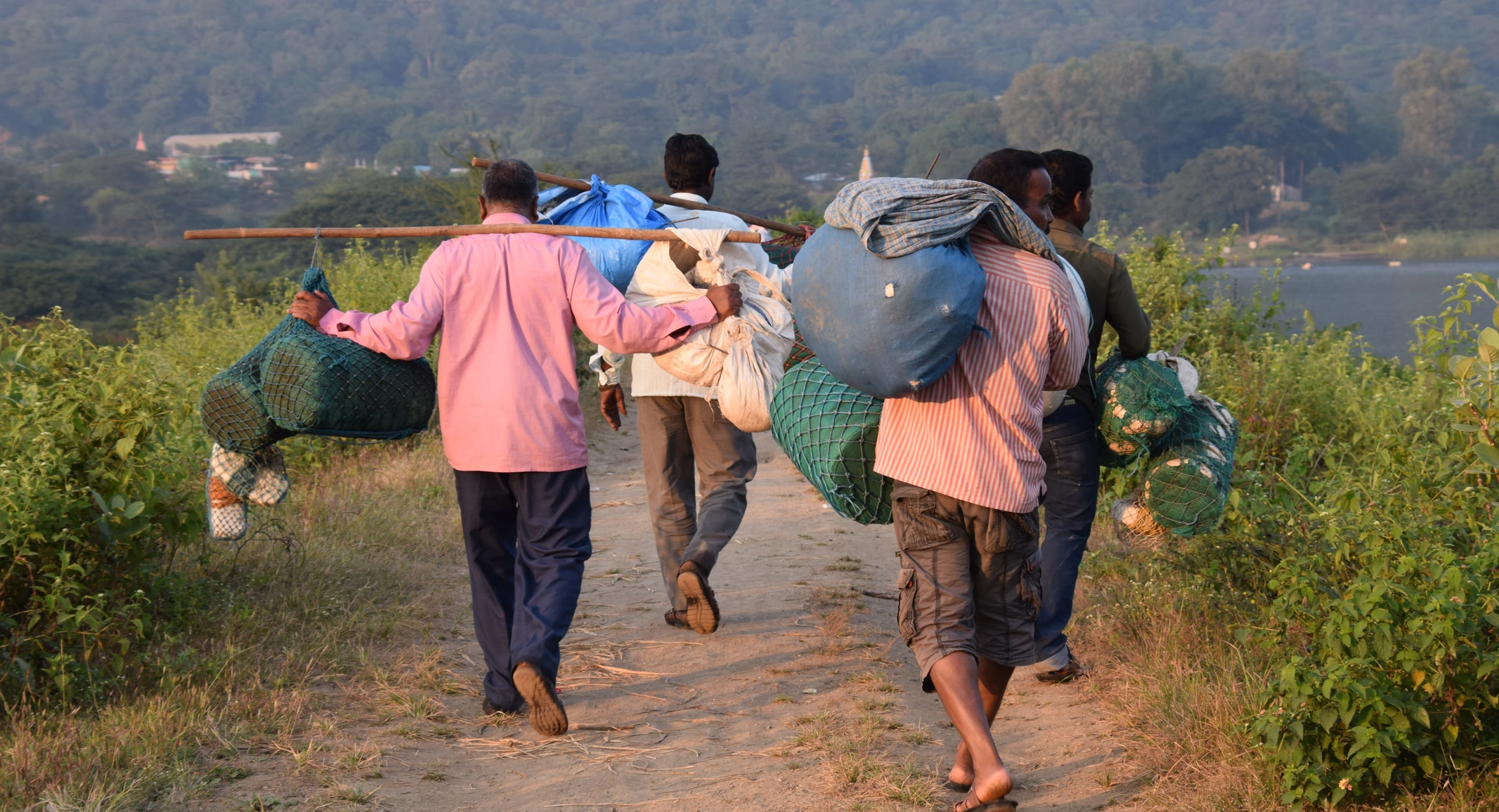
Photo: Carsten Butsch
This was often challenging to facilitate in practice, said Banerjee. “We wanted to draw different pathways, from worst-case to best-case, but most people didn’t consider the future beyond a few years’ time,” he said. That’s not an issue exclusive to poor rural farmers, he noted: “scientists also find it hard to reckon with a changing environment.”
On-the-job training was also required to help both field facilitators and participants to understand the approach, said Sharlene Gomes, a researcher at Delft University of Technology (TU Delft) and another collaborator on the project. “What was challenging was translating some of these concepts in a way that was easily digestible and understandable by the communities where we were applying them, because they weren’t familiar with this terminology, and also a lot of these terms are quite abstract,” she said. “So, we had to think of ways to frame these questions so that they could answer them and provide us with input. We also made a glossary of terms, which was very useful.”
When these queries were conveyed successfully, many participants found the process empowering. “If we left our questions open-ended, people would tend to tell us, ‘What can we do? The government and the industrialists design everything’,” said Chakraborty. “But when we were able to get them to try and imagine what else it could be like, I think that was a very effective tool.” A range of future pathways emerged: some incremental and in line with business-as-usual scenarios, and others more transformative and subversive of dominant visions of the sites. “This is enabled not only by the methodological design which seeks out different future scenarios,” said Chakraborty, “but also by the inclusion of varied stakeholders in the exercise, who all bring different lenses of viewing what may be considered ‘ideal’ as future peri-urban pathways.”
The ‘curve-ball’ of COVID-19 instigated some important methodological innovations. “All of our field research was originally planned as in-person, face-to-face interactions,” said Chakraborty. When COVID hit and that became impossible, the team came up with interactive presentation videos through which they could summarize and share analyses of each stage of the research with participants as the work progressed. “We presented to them – in photographs, in clipart, in drafts, etc. – what we learned from the previous stage, which then fed usefully into the next round,” she said. “These kinds of things became more possible because we did it remotely.”
The work generated a plethora of publications, including academic papers, conference presentations, and policy briefs, that offer new insights on how urbanization processes take place in India. Looking forward, the researchers plan to “involve high-level officials – politicians and policymakers – in a bigger way in our future project on this topic,” said Banerjee, “so that intervention will be more effective and more meaningful.”
More broadly, the research contributes understanding into the drivers of vulnerability and resilience of peri-urban communities, and helps to identify more sustainable future pathways – such as planning proactively, maintaining ecological values, and establishing monitoring systems to observe transformations and analyse emerging risks. In doing so, it calls into question the often-perceived ‘inevitability’ of urbanization: “peri-urban spaces do not necessarily need to become urban,” said Butsch – “they can also develop in another direction and then fulfil important roles in the larger agglomeration, for example by delivering ecosystem services.”
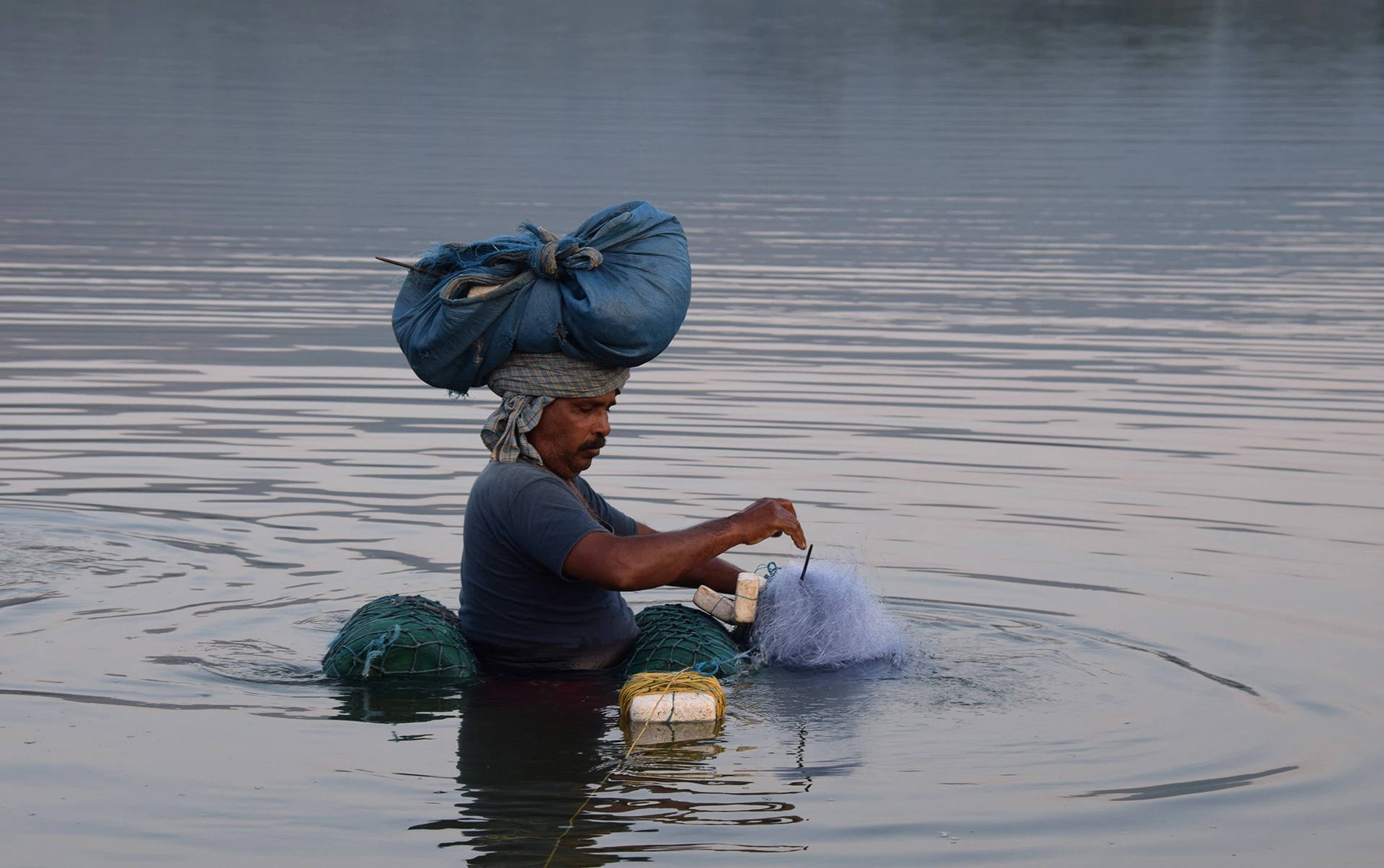
Photo: Carsten Butsch
For wider impact, “this methodology and general approach of future-oriented peri-urban research should be designed for specific policy scenarios through dedicated advocacy and methods co-design exercises,” said Chakraborty. “While in this round of the research we tested the co-design of future pathways, in further steps the methodology itself can be co-designed and customized for different policy considerations.”